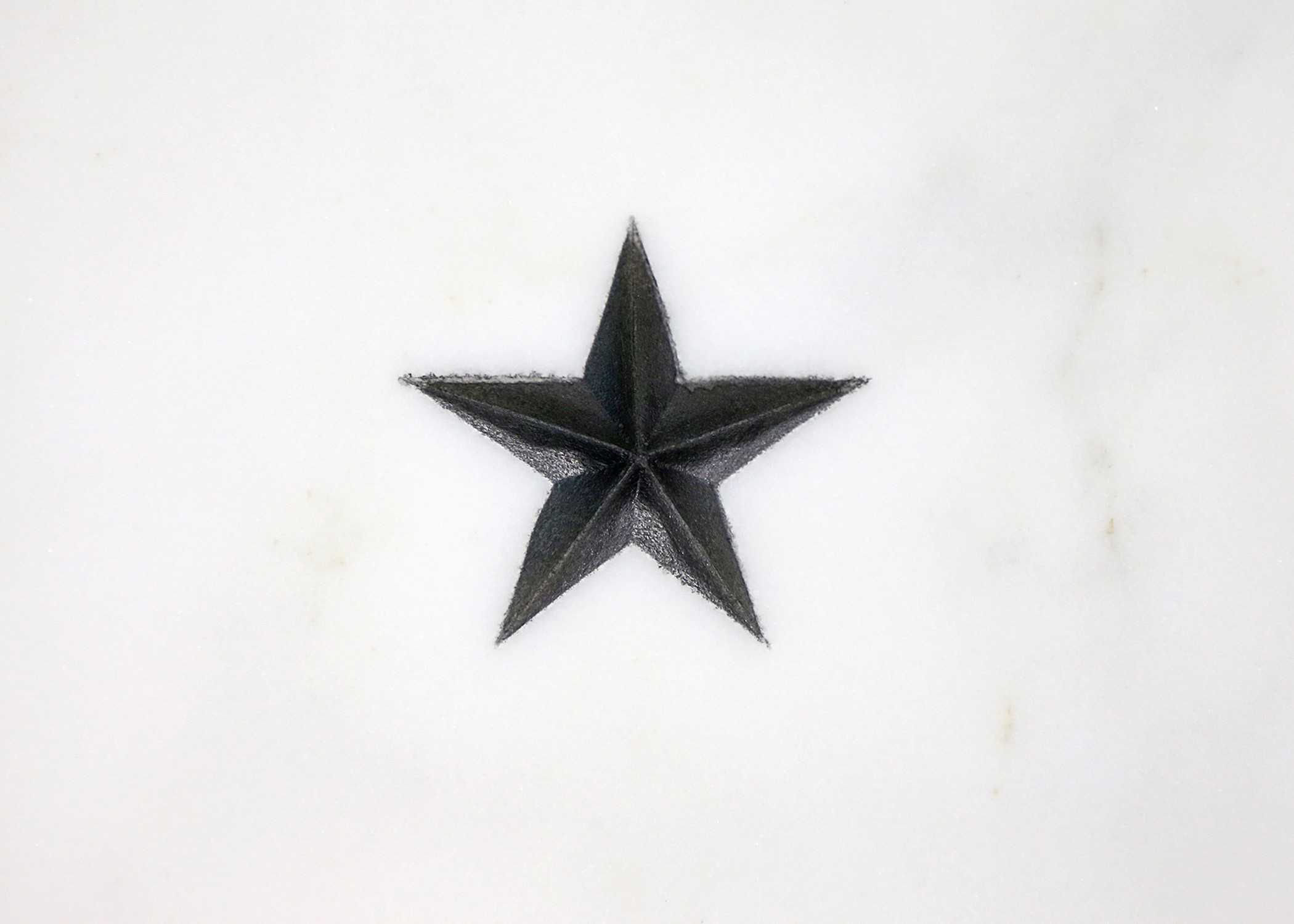Eugene “Buster” Edens, one of the original U-2 pilots, was killed in 1965 when his U-2 spiraled to the ground near Edwards Air Force Base in California. Buster had dodged death in an earlier incident when he crash-landed a U-2 at Edwards in 1961. In this first incident, the plane – while on final approach – stalled 50 feet short of the runway and slammed into the ground. The plane caught fire. Another pilot – who happened to be nearby – pulled Buster out of the aircraft moments before it exploded.
In April 1965, however, Buster did not have the same fortune. As he made his approach to the runway, he had a problem with a wing. He applied power and climbed. The aircraft began a spiraling descent at 3,000 feet from which it could not recover. Buster ejected, but he didn’t have time to fully deploy his chute and was killed when he hit the ground.
Brief History of the U-2:
The U-2 was one of the CIA’s greatest intelligence achievements. Its deployment in 1956 signaled the Central Intelligence Agency’s entry into the world of overhead reconnaissance.
In response to the Soviet Union’s growing military strength and the perceived danger of the Soviet Union attacking the continental United States, President Dwight D. Eisenhower authorized the construction of a high-altitude reconnaissance aircraft in 1954. The aircraft would be designed specifically to fly over the Soviet Union and collect strategic intelligence. To reduce the danger of conflict, the president entrusted this mission not to the armed forces but to a civilian agency – the CIA. From 1954-1974, overhead reconnaissance was one of the CIA’s most important missions.
The plane’s formal code name was Project AQUATONE, but it was more widely known as the U-2 program. For this high-priority project, the Agency recruited Strategic Air Command (SAC) jet fighter pilots who had reserve commissions and reconnaissance experience, and were willing to resign from the Air Force and assume civilian status. The Air Force promised that each pilot, upon satisfactory conclusion of his employment with the CIA, could return to his Air Force unit. Most of those who survived the program did go back to the Air Force and went on to have distinguished military careers.
Kelly Johnson at Lockheed’s “Skunkworks” designed the U-2 to be flown by a single pilot, at altitudes of 65,000 to 70,000 feet at subsonic speed. To reach the altitude, the aircraft was stripped down to ensure a lighter weight. The aircraft had an extraordinary gliding ability and could stay aloft for more than eight hours.
Several dangers faced the U-2’s pilots. Because of the high speed and altitude, pilots had to keep the aircraft at a slightly nose-up position. A slight drop in the nose position (even as slight as a degree) could cause the plane to gain speed dramatically, which could ultimately lead to the aircraft breaking apart.
The plane’s challenging flight characteristics and fragility resulted in the deaths of four Agency pilots, including Buster Edens.
Buster’s Last Mission:
In April 1965, Agency contract test pilot Eugene “Buster” Edens was killed when his U-2 aircraft spiraled to the ground near Edwards Air Force Base in California. An earlier U-2 flight piloted by Buster had been the first to photograph a major Soviet space launch facility, at Tyuratam, east of the Aral Sea, in what is now the nation of Kazakhstan. This and other flights over Soviet Central Asia, launched from an airfield in Lahore, Pakistan, in August 1957 kept scores of photo interpreters busy for more than a year.
Buster had dodged death once before when he crash-landed a U-2 at Edwards. In that earlier incident, his plane, while on final approach, stalled 50 feet short of the dry-lakebed runway and slammed into the ground. It caught fire, but another pilot happened to be nearby and was able to pull a semiconscious Buster out of the aircraft just before it blew up.
Buster’s flight in April 1965 also ended with a crash on a dry-lakebed, but this time he didn’t walk away. He made an approach, had a problem with a wing, applied power, and climbed. But for unknown reasons he lost control at about 3,000 feet, and the U-2 spiraled into the ground. Buster ejected at 400 feet, not high enough to permit his chute to fully deploy, and was killed when he hit the ground.
Honoring Buster’s Service:
When the CIA created its Memorial Wall in 1974, commemorating CIA employees who died under particularly meritorious circumstances, the Agency honored Buster as one of the original 31 stars carved into the wall. Buster and the other U-2 pilots served in the CIA’s Directorate of Plans (which later became the National Clandestine Service, soon to be renamed the Directorate of Operations). Buster and his fellow pilots are remembered for their bravery and dedication. His name is included in the CIA Book of Honor.

